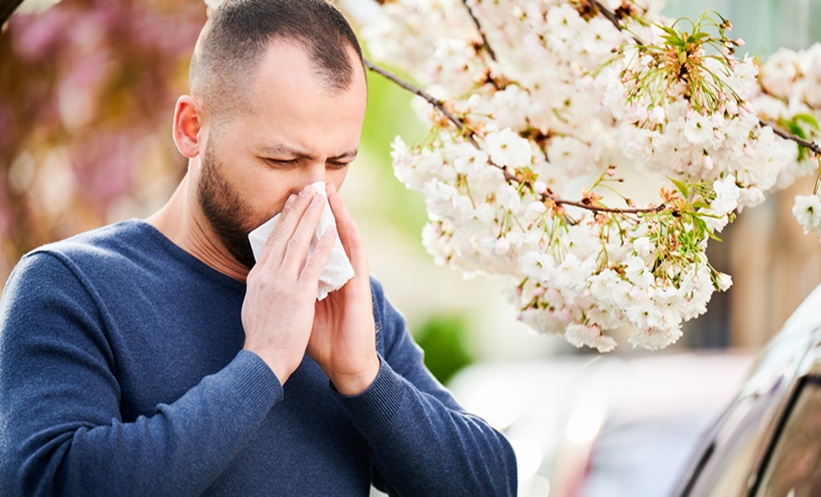GRASS allergen levels are more consistently associated with hay fever symptoms than grass pollen counts, according to research published by King’s College London and Imperial College London, UK. Measuring these airborne allergen levels instead of pollen counts will be more beneficial for hay fever patients, aiding control of symptoms. This is important research, considering that one in four adults in the UK suffer from hay fever between March and September each year.
Currently, many people with hay fever monitor pollen to manage their symptoms, and, in the UK, pollen grains are measured to find daily pollen count. The current study suggests that measuring allergen levels instead will be a more accurate test, as each pollen grain can release a different amount of allergen each day, and it is these allergens that are primarily responsible for causing hay fever symptoms. There is currently no regular monitoring of allergen levels, in the UK or elsewhere.
The team collected daily symptom and medication scores from adult participants in a clinical trial, alongside daily counts of asthma hospital admissions in London. Grass pollen counts were sampled, as well as air, to measure Phl p 5 grass allergen protein levels. Samples were taken in the same location, and over the same time period. Elaine Fuertes, Imperial College London, described that grass allergen levels were “more consistently associated with allergic respiratory symptoms than grass pollen counts.” Stephen Till, King’s College London, added that “this study shows there is a superior way of measuring pollen allergens in the air than the traditional pollen count. Monitoring grass allergen instead of grass pollen counts gives results that are more consistently linked to patients’ symptoms, and could allow people with serious allergies to be better prepared during the pollen season.”
Further studies will confirm if regular measurement of allergen levels can become the standard in the UK, and if there are environmental factors, such as humidity or temperature, that influence how much allergen each pollen grain releases.








